Subscribe to our ▶️ YouTube channel 🔴 for the latest videos, updates, and tips.
Adding 1-Digit Number
Understand the concept of adding 1-digit number with the help of objects as well as numbers.
Counting Forward:
We have learnt that counting forward means addition. Here is a frog moving forward on a number line. The frog starts from number 3 and moves 2 steps forward. The frog is now on 5.
Look at the picture below, in a park Aaron is standing near the pole which has number 6 on it.
He goes forward 3 steps to meet Shelly who is standing near the pole which has number 9 on it.
We learnt how we can add numbers by counting forward. If we want to add 5 to 2, start from 2 and take 5 jumps forward.
This can be written as:
|
2 Augend |
+ |
5 Addend |
= |
7 Sum |
Addition: Forward Counting on a Number Strip:
To find out 4 + 3, put your finger on 4 and move 3 steps forward.
You reach 7.
So, 4 + 3 = 7
To find out 2 + 4, put your finger on 2 and move 4 steps forward.
You reach 6.
So, 2 + 4 = 6
(i) 5 + 1 = ☐
(ii) 2 + 3 = ☐
(iii) 3 + 3 = ☐
(iv) 3 + 6 = ☐
(v) 6 + 3 = ☐
(vi) 7 + 2 = ☐
(vii) 4 + 4 = ☐
(viii) 5 + 4 = ☐
(ix) 3 + 5 = ☐
Addition: Forward Counting:
To add 3 to 4, count 3 numbers ahead of 4.
So, 4 + 3 = 7
To add 2 to 6, count 2 numbers ahead of 6.
So, 6 + 2 = 8
Add by counting forward and fill in the boxes.
Fill in the blanks:
You have two chocolates. I gave you one. How many will you have? There are 3 chocolates in all. Here the sign = stands for ‘are equal to’. Now two marbles and one marble taken together make three marbles. Thant means if you add 1 to 2, you have 3.
If I give you two chocolates and you have two chocolates, how any will you have? You have now four chocolates. 2 and 2 added together make 4.
Now you have two chocolates and I gave you three. How many will you have? You have 5 chocolates. 2 and 3 added together make 5.
If you have three chocolates and I give you three more, how many will you have? You have now 6 chocolates. 3 and 3 added together make 6.
If Mike has five chocolates and you give him four more, he will have 9 chocolates. Count them. 5 and 4 added together make 9.
In addition we have learnt that when two things and four things are taken together they make six things. The two things and four things are then said to be added together. Thus two and four added together make six.
In arithmetic this is written in a short way as follow:
2 + 4 = 6
The sign or symbol + is called the plus sign and means that the numbers 2 and 4 on either side of it are to be added together.
The sign or symbol = means ‘are’ or ‘is equal to’. Here it tells us that when the numbers 2 and 4 are added together we get 6.
We may read 2 + 4 = 6 as ‘two and four are six’ or we can also say ‘two plus four is equal to six’.
Zero: If you have no chocolates at all, you have zero chocolates.
Zero is written like this 0 and means not any or nothing. If you add 5 to 0, it is still 5. If you add 0 to any number the sum is the same as the number itself.
Regrouping the Numbers:
Regrouping Ones
When the sum of the digits in ones place is more than 9, then we regroup the number in tens and ones.
Lets Regroup the following:
Addition by Regrouping:
Let us add 5 and 8.
|
Add 5 ones and 8 ones 5 ones + 8 ones = 13 ones 13 ones = 1 ten + 3 ones Write 3 in ones place and carry 1 ten to tens place. |
Addition Properties:
Let us study the properties of addition.
Order of Numbers:
Therefore, 4 + 3 = 7 and 3 + 4 = 7
Fill in the blanks:
Therefore, 2 + 6 = 8 and 6 + 2 = 8
When two numbers are added, their sum remains the same,even if the order of the numbers is changed.
Addition with 0:
What do you get when you add 0 to a number?
We see there are 4 beads in a string.
and 0
beads in another string.
Therefore, 4 + 0 = 4
When 0 is added to a number, the sum is the number itself.
Addition with 1:
What do you get when you add 1 to a number?
We see there are 5 stars and 1 star is added to it.
Therefore, 5 + 1 = 6
When 1 is added to a number, the sum is the next number.
You have learnt that when two things and three things are taken together they make five things. The two things and three things are then said to be added together. Thus two and three added together make five. In arithmetic this is written in a short way as follows:-
2 + 3 = 5
The sign + is called the plus sign and means that the numbers 2 and 3 on either side of it are to be added together.
The sign = means 'are' or 'is equal to'. Here it tells us that when the numbers 2 and 3 are added together we get 5.
We may read 2 + 3 = 5 as 'two and three are five' or 'two plus three is equal to five'.
Example:
I have 6 marbles. Nitheeya gave me one and Nairitee gave me 2 more. How many marbles have I in all?
6 marbles and 1 marble are 7 marbles; 7 marbles and 2 marbles are 9 marbles. Therefore the answer is 9 marbles.
This addition sum may be written down in either of the following ways:-
|
6 + 1 + 2 = 9 or |
6 1 + 2 9 |
In the first way of writing the sum, the numbers are all in a row, that is, in a line across the page from left to right. In the second way the numbers are written in a column, that is, in a line down the page; the answer is written at the bottom.
Note that in the first way, after writing 6 + 1 + 2 we can add the numbers either from left to right (6 and 1 are 7, 7 and 2 are 9) or from right to left (2 and 1 are 3, 3 and 6 are 9). By doing it both ways we check our answer.
Again, when the numbers are written in a column, we can add either downwards (6 and 1 are 7, 7 and 2 are 9) or upwards (2 and 1 are 3, 3 and 6 are 9), thus checking the answer.
Adding 1-Digit Number Video
Subscribe to our ▶️ YouTube channel 🔴 for the latest videos, updates, and tips.
Addition of 1-Digit Numbers Using Addition Grid:
Let us find 4 + 7 using the grid. For this,
• look for 4 on the leftmost column and circle it,
• look for 7 in the topmost row and circle it, and
• draw arrows from 4 and 7.
The arrows meet at 11.
So, 4 + 7 = 11
1. Look at the grid above and add as shown.
(i) 9 + 8 = ___
(ii) 7 + 6 = ___
(iii) 6 + 7 = ___
(iv) 8 + 7 = ___
(v) 5 + 8 = ___
(vi) 9 + 6 = ___
2. Add and fill the coloured boxes in the grid as shown.
Some Facts about Addition:
Let us recall some facts about addition.
1. Numbers can be added in any order.
For example, 2 + 5 = 5 + 2 = 7
2. When we add 0 to a number, the sum is the number itself.
For example, 2 + 0 = 2 and 5 + 0 = 5
We can also say that adding 0 to a number does not change its value.
3. When we add 1 to a number, the sum is the successor of that number.
For example, 2 + 1 = 3 and 5 + 1 = 6
Worksheet on Adding 1-Digit Number:
1. Add the following by Regrouping:
(i) 9 + 6
(ii) 6 + 5
(iii) 9 + 2
(iv) 9 + 4
(v) 9 + 3
(vi) 7 + 3
(vii) 6 + 9
(viii) 7 + 7
(ix) 7 + 8
Answer:
(i) 15
(ii) 11
(iii) 11
(iv) 13
(v) 12
(vi) 10
(vii) 15
(viii) 14
(ix) 15
2. Add the following.
Answer:
(i) 9
(ii) 10
(iii) 78
3. Fill in the boxes:
|
(ii) Aaron has a set of 10 pencils. He gets 3 more pencils. Now, he has ............ pencils together. |
Answer:
3. (i) 9
(ii) 13
4. Fill in the blanks:
(i) 5 + 6 + 7 = ............
(ii) 9 + 42 + 1 = ............
(iii) 72 + 3 + 2 = ............
(iv) 4 + 6 + 1 = ............
(v) 51 + 10 + 3 = ............
(vi) 63 + 2 + 6 = ............
Answer:
4. (i) 18
(ii) 52
(iii) 77
(iv) 11
(v) 64
(vi) 71
5. Fill in the blanks:
(i) 1 + 2 = 2 + 1 = 3
(ii) .......... + 3 = 3 + 2 = ..........
(iii) 4 + 2 = 2 + .......... = ..........
(iv) 6 + 2 = .......... + 6 = ..........
(v) 5 + .......... = 1 + 5 = ..........
(vi) 8 + .......... = 1 + 8 = ..........
(vii) .......... + 8 = 5 + .......... = ..........
(viii) 7 + 3 = .......... + 7 = ..........
Answer:
5. (ii) 2; 5
(iii) 4; 6
(iv) 2; 8
(v) 1; 6
(vi) 1; 9
(vii) 5; 8; 13
(viii) 3; 10
6. Fill in the blanks:
(i) 7 + 0 = 7
(ii) 3 + 0 = ..........
(iii) 2 + .......... = 2
(iv) 9 + .......... = 9
(v) .......... + 0 = 41
(vi) .......... + 0 = 28
Answer:
6. (ii) 3
(iii) 0
(iv) 0
(v) 41
(vi) 28
7. Fill in the blanks:
(i) 5 + 1 = 6
(ii) 7 + 1 = ..........
(iii) 3 + .......... = 4
(iv) 4 + .......... = 5
(v) .......... + 1 = 56
(vi) .......... + 1 = 33
Answer:
7. (ii) 8
(iii) 1
(iv) 1
(v) 55
(vi) 32
8. Fill in the blanks such that the sum is the same.
|
(i) |
0 + 8 = 8 1 + .......... = 8 2 + .......... = 8 3 + .......... = 8 4 + .......... = 8 |
(ii) |
2 + .......... = 6 3 + .......... = 6 4 + .......... = 6 5 + .......... = 6 6 + .......... = 6 |
|
(iii) |
0 + .......... = 7 1 + .......... = 7 2 + .......... = 7 3 + .......... = 7 4 + .......... = 7 |
(iv) |
9 + .......... = 9 8 + .......... = 9 7 + .......... = 9 6 + .......... = 9 5 + .......... = 9 |
Answer:
8. (i) 7; 6; 5; 4
(ii) 4; 3; 2; 1; 0
(iii) 7; 6; 5; 4; 3
(iv) 0; 1; 2; 3; 4
9. Word Problems on Adding 1-Digit Numbers:
(i) Jessica's doll had one pink dress and 2 white dresses. How many dresses had the doll?
(ii) James had 2 marbles and Robert gave him 2 marbles. How many marbles did he have in all?
(iii) John has 3 beads and Harry gives him 2 more. How many beads has John?
(iv) Michael bought a cake for 4 rupees and pastries for 2 rupees. How many rupees did he spend altogether?
(v) In a school garden there are 5 Goldmohar and 3 Ashoka trees. How many trees are there in all?
(vi) At Jessica's party there were 5 girls and 4 boys. How many children were at the party?
(vii) How many are 3 and 5? How many are 4 and 4? How many are 1 and 7?
(viii) How many are 4 and 5? How many are 1 and 8? How many are 2 and 7?
(ix) Six plus three is equal to nine. Write that in a short way, using figures and signs only.
(x) Sarah has 3 dolls; Nancy has 2 more dolls than Sarah. How many have they altogether?
(xi) How much is 1 plus 4 plus 0?
(xii) A tailor earned 2 rupees on Thursday, nothing on Friday and 3 rupees on Saturday. How many rupees did he earn in the three days?
(xiii) On his birthday Steven got 4 rupees from his father, 3 rupees from his mother and 1 rupee from his sister. How many rupees had he then?
(xiv) Ronald ate 2 mangoes, Ryan ate 3 and Laura ate 1. How many did they eat altogether?
(xv) In a field are 4 cows, 2 horses and 3 goats. How many animals are there in the field?
(xvi) How much is 2 plus 3 plus 4?
(xvii) Jessica has 2 balloons in her left hand and 3 balloons in her right hand. How many balloons does she have?
Jessica has _____ balloons.
(xviii) David has five red balls and three pink balls. How many balls does he have altogether?
David has _____ balls.
(xix) Richard bought 4 apples and 5 bananas. How many fruits does he have?
Richard has _____ fruits.
(xx) George had 6 pencils. On his birthday he gets 4 more pencils. How many pencils does George have now?
George has _____ pencils.
Answer:
9. (i) 3
(ii) 4
(iii) 5
(iv) ₹ 6
(v) 8
(vi) 9
(vii) 8; 8; 8
(viii) 9; 9; 9
(ix) 6 + 3 = 9
(x) 5
(xi) 5
(xii) ₹ 5
(xiii) ₹ 8
(xiv) 6
(xv) 9
(xvi) 9
(xvii) Jessica has 5 balloons.
(xviii) David has 8 balls.
(xix) Richard has 9 fruits.
(xx) George has 10 pencils.
Addition Word Problems - 1-Digit Numbers
Subtraction Word Problems – 1-Digit Numbers
Missing Addend Sums with 1-Digit Number
Addition Facts of 14, 15, 16, 17 and 18
From Adding 1-Digit Number to HOME PAGE
Didn't find what you were looking for? Or want to know more information about Math Only Math. Use this Google Search to find what you need.








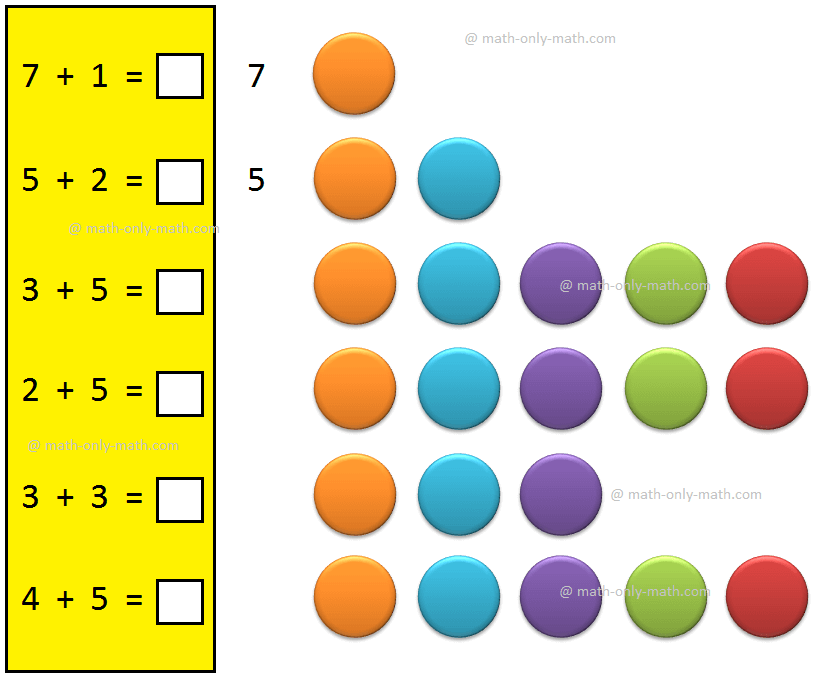
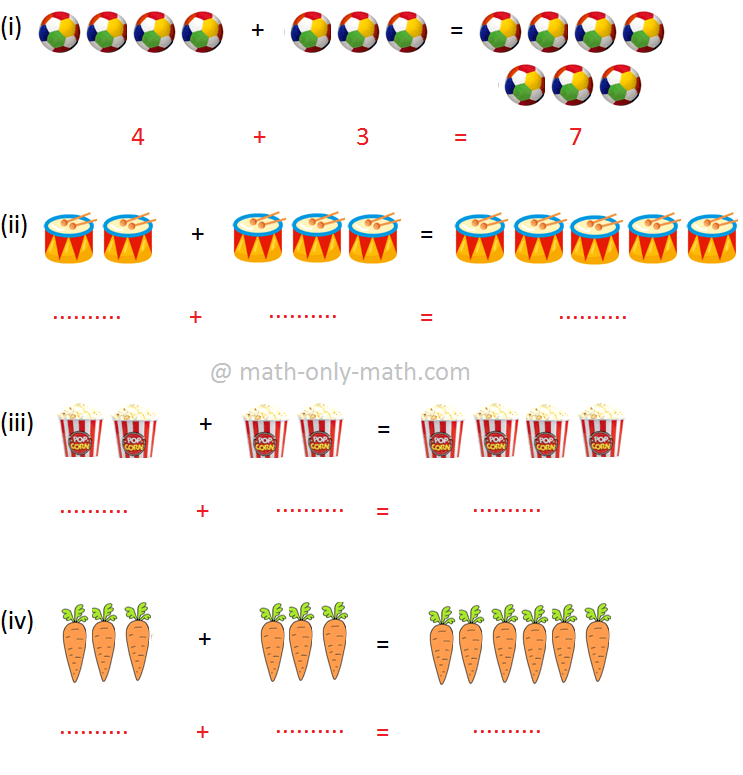

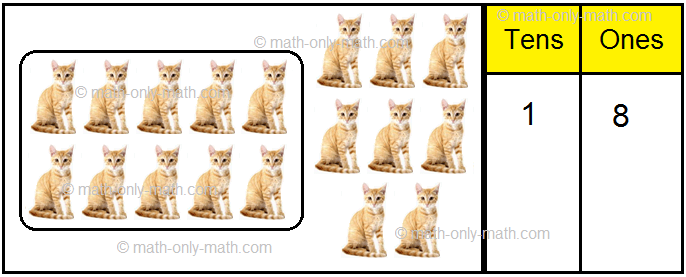


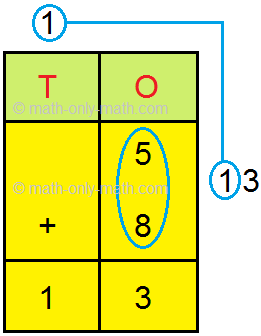



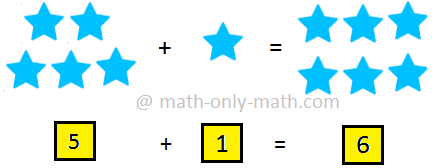
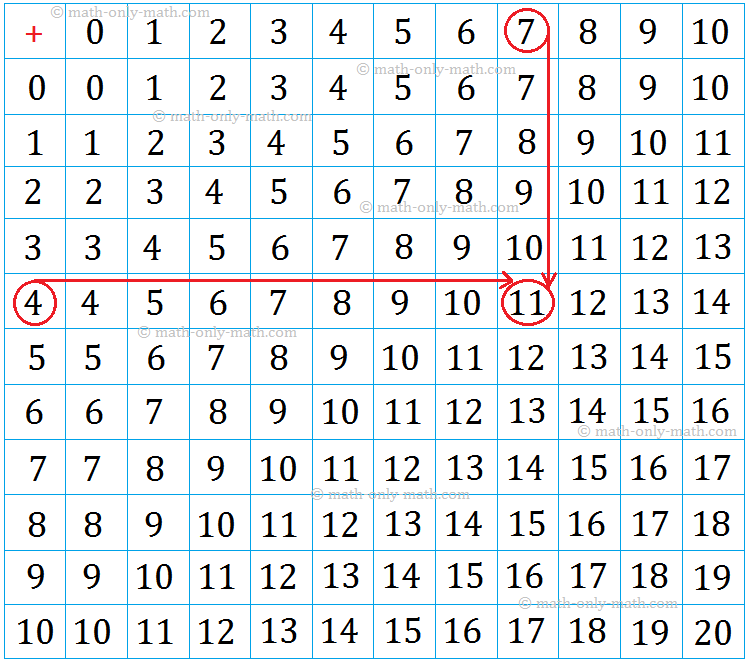
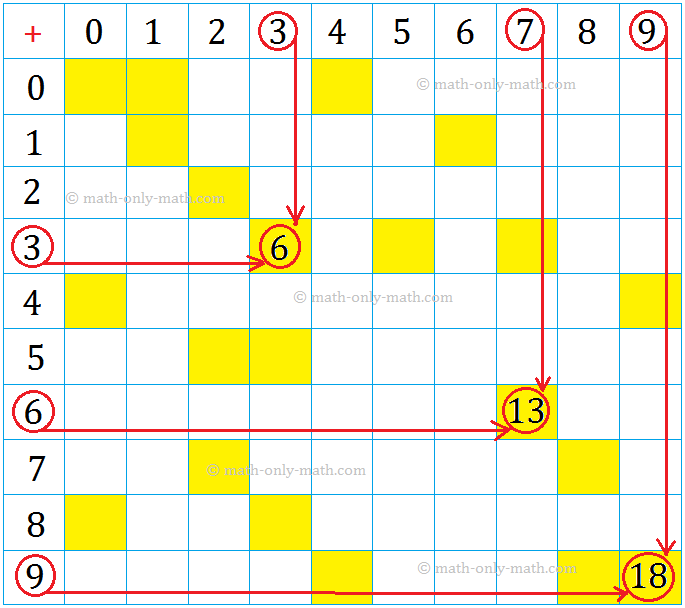


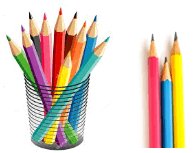


New! Comments
Have your say about what you just read! Leave me a comment in the box below. Ask a Question or Answer a Question.